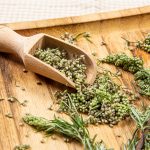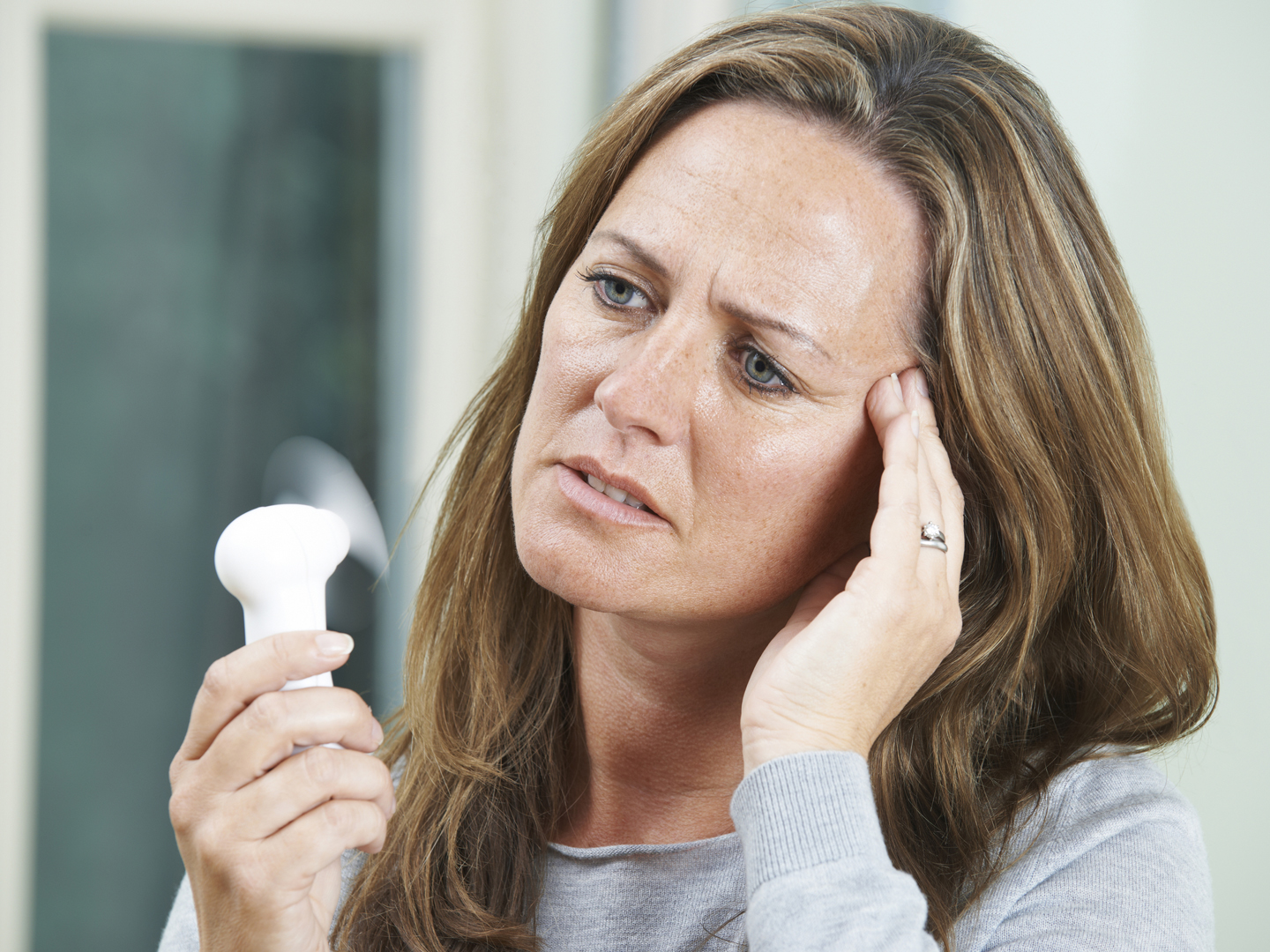Treating Yeast Infections

What are yeast infections?
Yeast infections occur when the fungus Candida albicans grows rapidly anywhere on the body from the mucus membranes of the oral cavity, under the nails, on the scalp, in the pelvic area or any other areas of the skin, especially where it can be moist. Candida is found normally on the body, but bacteria and other normal inhabitants usually keep fungal growth in check. However, if the balance of these organisms is altered, Candida can multiply, resulting in overgrowth and potentially severe medical concerns, especially when yeast gets into the blood or lungs.
What are the symptoms of yeast infections?
The first sign of yeast overgrowth is typically an itchy rash. In the case of thrush, white lesions on a red base are seen on the tongue, inner cheeks and occasionally, the roof of the mouth, gums and tonsils. This can cause pain when swallowing as well as a feeling of tightness in the throat, as if food were “sticking” there. Fever can occur if the infection spreads past the esophagus.
Nail fungus typically begins with a white or yellow spot appearing underneath the tip of the nail, which then thickens and distorts as the infection progresses. As yeast grows under and into the nail, crusting, discoloration and darkening begin. Moreover, infected nails can oftentimes separate from the nail bed, which can cause pain in the tips of fingers and toes, as well as a slightly foul-smelling odor.
Yeast likes warm, wet places to grow and prefers to nestle into folds of redundant skin. Fungal overgrowth on skin can appear as ringworm, a ring-shaped, red rash, with a wavy, wormlike border on the scalp, extremities, chest and back. Besides ringworm, the same fungus is also responsible for athlete’s foot, jock itch, diaper rash and vaginal infections. This rash can cause itching, burning, small blisters, inflammation and cracked, scaly skin especially between fingers and toes and within skin folds. Itching and burning may worsen as the infection spreads. Yeast can also spread if you scratch the infection and then touch yourself elsewhere, especially moist areas like the feet, groin and underarms. The fungus can also be transmitted to other parts of the body from contaminated bedding, towels or clothing.
Yeast infections can become life-threatening when they invade the circulatory system and lungs. This is most often seen in people with compromised immune systems. There is also some question whether yeast overgrowth within the digestive tract contributes to chronic gastrointestinal symptoms like gas, bloating, and either diarrhea or constipation.
What are the causes of yeast infections?
Candida infections can occur when the immune system is compromised by disease or suppressed by medications, like antibiotics, which change the normal balance of microorganisms in the body. Prolonged or frequent use of antibiotics can wipe out the “friendly” bacteria that normally keep yeast in check, resulting in overgrowth. Medical conditions related to the incidence of recurrent yeast infections include diabetes, HIV/AIDS, immune suppression in bone marrow transplant patients and those with cancer taking chemotherapy, as well as those who take immunosuppressive drugs. Other medicines besides antibiotics that can wipe out intestinal flora or encourage overgrowth of yeast are steroids and estrogen, either in the form of birth control pills or hormone replacement therapy.
Moreover, yeast skin infections can be picked up by touching a person who already is infected or from walking on damp floors in public showers or locker rooms. It’s also possible to catch a fungal infection from dogs and cats, or from farm animals. A sign that animals are infected is a patch of skin with missing fur.
What is the conventional treatment of yeast infections?
Over-the-counter antifungal medications are often recommended for skin infections. Patients are advised to use drying powders, creams or lotions containing miconazole or clotrimazole, and there are also liquid drops of nystatin available for thrush. Oral antifungal drugs such as itraconazole (Sporanox) or griseofulvin (Grisactin) are most often prescribed for stubborn infections, although these drugs are not without side effects and need monitoring by a physician if prolonged therapy is required. For those with HIV/AIDS, prescription antifungal medications such as amphotericin B may be used when other medications do not prove helpful. Intravenous antifungal therapy is often used for severe systemic infections. Because these drugs can cause serious and possibly life-threatening liver damage, patients who take them should have their liver function monitored regularly.
What therapies does Dr. Weil recommend for yeast infections?
Diet: A diet high in sugar may predispose some people, especially women, to yeast infections. Experiment with cutting back on refined sugars. You may even want to lower carbohydrates as a group for a time. Over a four to six week period, avoid fruits and fruit juices (except green apples, berries, grapefruit, lemons and limes), dairy other than plain yogurt and sour cream, breads and grains, alcohol, peanuts, potatoes and beans. Also stay away from sugary condiments like ketchup, salad dressings, horseradish, and barbecue sauces.
Be sure to eat plenty of fresh vegetables of various colors, as long as they are not starchy or root vegetables like carrots, parsnips, or rutabaga. Eat one to two cloves (not the entire bulb) of garlic per day, preferably raw. Garlic has a long history of use as an effective antifungal agent. You may also want to use thyme in your cooking, which is approved in Europe for use in upper respiratory infections and is effective against oral thrush.
Topical herbal preparations: Dr. Weil recommends tea tree oil, extracted from the leaves of Melaleuca alternifolia. This is a natural disinfectant that works as well or better than pharmaceutical antifungal products. Apply a light coating to the affected area two or three times a day, and continue to apply it for two weeks after signs of the infection have disappeared to make sure the fungus is eradicated. You’ll find tea tree oil products at health food stores – be sure to select brands that are 100 percent tea tree oil. An alternative remedy is grapefruit seed extract used the same way as tea tree oil – twice a day for at least two months.
You can also use topical calendula cream or lotion made from petals of the ornamental “pot marigold” (Calendula officinalis) to soothe the affected areas of skin irritated by yeast. Look for products with at least 10 percent extract of this plant, and you might also try washing the irritated skin with a diluted solution of calendula tincture.
Probiotics: A proven probiotic product such as Lactobacillus GG or Bacillus coagulans (BC-30) may help to help restore normal gut flora. This is also a good preventive strategy whenever you have taken a dose of antibiotics. The dose is one tablespoon of the liquid culture or one to two capsules with meals unless the label directs otherwise.
Other supplements: For yeast infections of the skin, Dr. Weil also recommends taking a good multivitamin plus a supplement of gamma-linolenic acid (GLA) in the form of black currant oil or evening primrose oil. The correct dosage for adults is 500 mg twice daily; half the dose in children.









